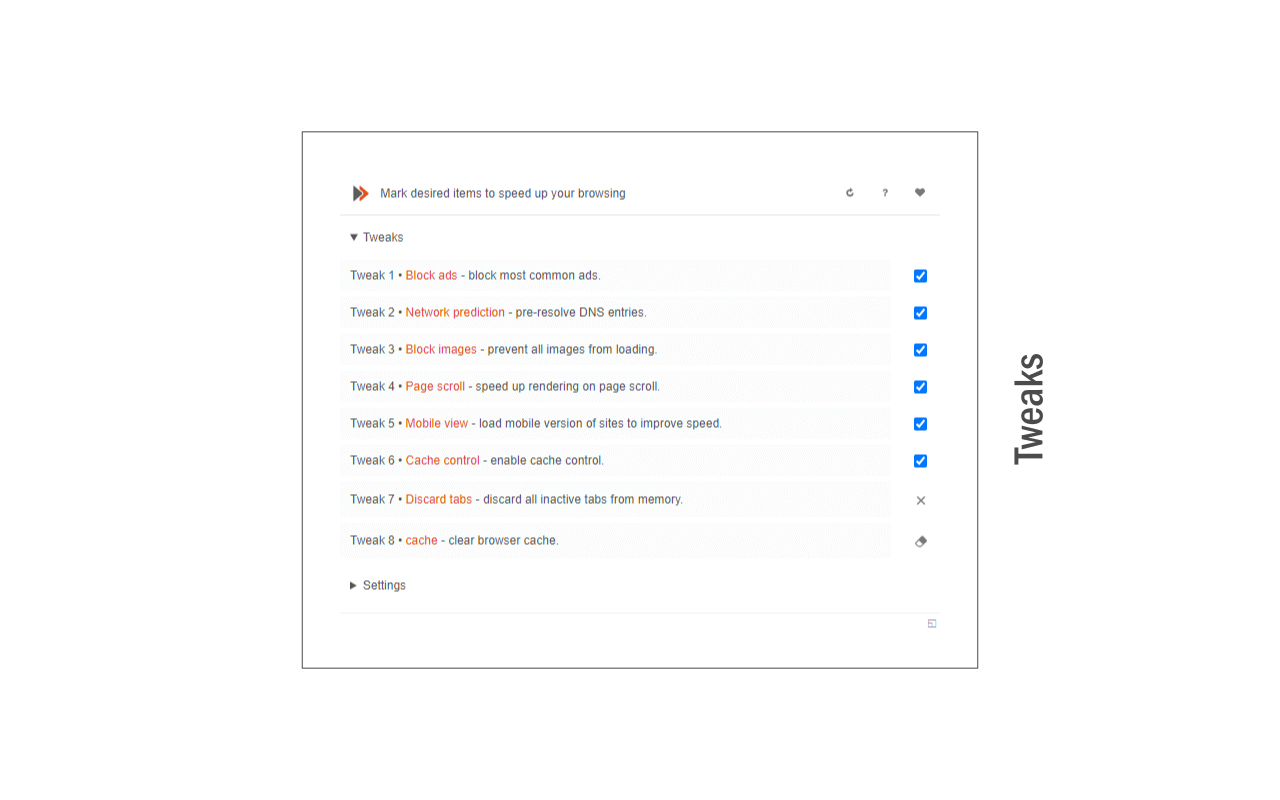Download Speed Registry Tweak For Windows 7 Internet Backgammon
For common PC issues, Junk files unclogging, boosting System performance, speeding up Internet and other underlying Windows concerns, we recommend using this tool. • Step 1: Download (Effective with Windows 10, 8, 7 & XP) • Step 2: Click 'Scan' to analyze your PC • Step 3: Click 'Fix' to wipe out all bumps This article mentions a few tricks and tips that can help you achieve exactly that, and take the internet experience to a higher level. Windows 8 users can refer to this, while Windows 7 users continue reading the tips below: Tip 1: Monitor Internet Usage Using Windows 7 Resource Monitor One of the main reasons contributing to a slower internet speed is the sharing of bandwidth by multiple programs. While you may have opened only Chrome, you will be surprised to know that there are various background processes using the internet resources, and chipping away at total bandwidth. To stop such programs and increase internet’s efficiency, use the Windows 7 built-in tool, Resource Monitor. This tool can help you view all programs currently using the internet and stop any that you feel is unnecessary or unwanted. Resource Monitor Resource Monitor debuted with Windows Vista has been appearing in Windows since then.
Feb 21, 2019 - Microsoft Update Catalog - Allows for manual download of updates or device drivers. The Registry Editor allows users to edit the Windows registry. Despite information stated elsewhere online, there is currently no built-in way of system-wide. Task Manager does not store the tweak permanently.

However, in Windows 7, Microsoft enhanced its features which allowed users to monitor CPU, Memory, Disk, and Network usage on a single platform. To use this monitoring tool to enhance internet’s speed, follow the steps below: • Open Resource Monitor by navigating to: • Start -> All Programs -> Accessories -> System Tools -> Resource Monitor • Resource Monitor panel initially opens in the Overview tab. Navigate to the Network tab • Under Processes with Network Activity, you can see the list of processes with their corresponding sending and receiving bytes. • For in-depth traffic analysis expand TCP Connections category to view all programs using the TCP protocol and thus making use of internet for various purposes. • If you wish to close any application and limit its internet usage, in Processes with Network Activity view right-click the process and click End Process Ti p 2: Use netstat Command to Monitor Network Utilization Using Resource Monitor is not the only way to view all internet-using programs, and terminating the ones found unneeded.
Another effective means is to use the netstat utility from command prompt. Netstat is a command-line tool that is used to find network problems and determine the amount of network traffic as a performance measurement.
To use netstat for enhancing network’s speed and its ability, see the following steps: • Click Start and type command prompt in the Search box • Locate and right-click Command Prompt, and then choose Run as administrator to launch it with administrative privileges • In the black screen, type command netstat –o –n and then hit Enter • This will display various programs and applications currently connected to the network. • Notice the last column listing PIDs. PID or Process Identifier is a number used by Windows kernel to uniquely identify a process.
Note down the PIDs that are occurring the most. The applications associated with these PIDs are the ones that are using the most network/internet resources. To inquire further about these programs, continue with the following steps • Open Task Manager by pressing Ctrl + Shift + Esc key • Open View from the top menu and then select Select Columns. Enable PID (Process Identifier) and then click OK • Next, click on the Processes tab and look for the PIDs that were noted previously. Soal dan pembahasan spa polines 2017. • If you wish to stop this program, highlight the program and click on End Process Tip 3: Manage Internet History, Cookies and Cache Internet history, cookies, and cache form a part of the temporary internet files that can burden your system and consume extra disk space.
This cannot only lower your internet speed, but also slowdown overall PC performance. It is therefore highly recommended that you delete these files regularly to and avoid unnecessary accumulation of this temporary data. To delete these temporary internet files from your Windows 7 system, use the Windows Disk Cleanup tool as demonstrated below: • Navigate to Start -> All Programs -> Accessories -> System Tools -> Disk Cleanup to launch Disk Cleanup utility • Choose the Drive you want to clean up.